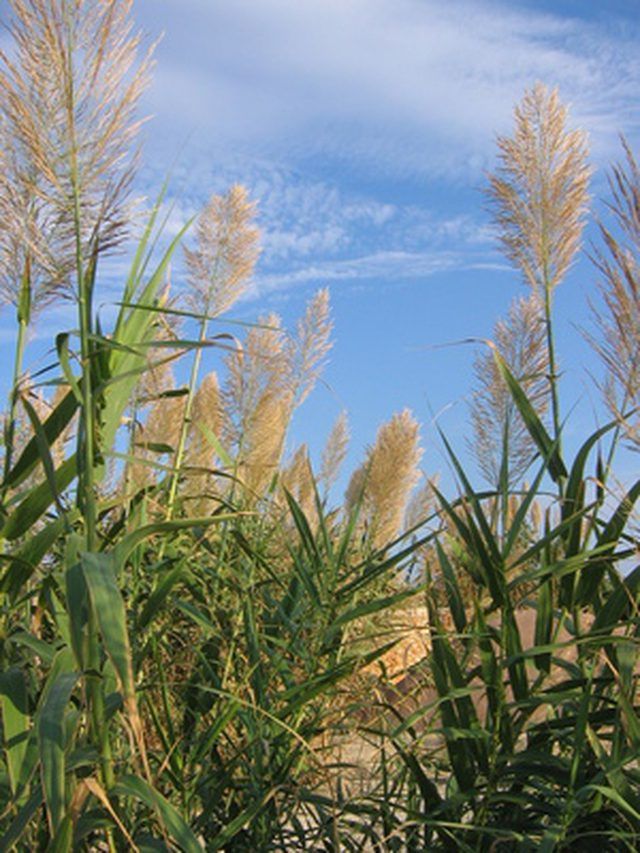Bulbs
Flower Basics
Flower Beds & Specialty Gardens
Flower Garden
Garden Furniture
Garden Gnomes
Garden Seeds
Garden Sheds
Garden Statues
Garden Tools & Supplies
Gardening Basics
Green & Organic
Groundcovers & Vines
Growing Annuals
Growing Basil
Growing Beans
Growing Berries
Growing Blueberries
Growing Cactus
Growing Corn
Growing Cotton
Growing Edibles
Growing Flowers
Growing Garlic
Growing Grapes
Growing Grass
Growing Herbs
Growing Jasmine
Growing Mint
Growing Mushrooms
Orchids
Growing Peanuts
Growing Perennials
Growing Plants
Growing Rosemary
Growing Roses
Growing Strawberries
Growing Sunflowers
Growing Thyme
Growing Tomatoes
Growing Tulips
Growing Vegetables
Herb Basics
Herb Garden
Indoor Growing
Landscaping Basics
Landscaping Patios
Landscaping Plants
Landscaping Shrubs
Landscaping Trees
Landscaping Walks & Pathways
Lawn Basics
Lawn Maintenance
Lawn Mowers
Lawn Ornaments
Lawn Planting
Lawn Tools
Outdoor Growing
Overall Landscape Planning
Pests, Weeds & Problems
Plant Basics
Rock Garden
Rose Garden
Shrubs
Soil
Specialty Gardens
Trees
Vegetable Garden
Yard Maintenance
Difference Between Pampas & Toi Toi Grass
Difference Between Pampas & Toi Toi Grass. Grass is a weed. And while some species of grass can be used decoratively, such as common Bermuda grass or "lawn grass," most species are considered invasive. Pampas and Toi Toi grass are unusual types of grass, as they are considered both decorative and pesky. Fundamentally, these two species of grass are...

Grass is a weed. And while some species of grass can be used decoratively, such as common Bermuda grass or "lawn grass," most species are considered invasive. Pampas and Toi Toi grass are unusual types of grass, as they are considered both decorative and pesky. Fundamentally, these two species of grass are different, but otherwise there is little difference.
Origins
Pampas grass originally came from Andean mountain range in South America and was named by botanists Alexander von Humboldt and Friedrich Sellow in 1818. One species of Pampas was named after Sellow. Toi Toi originated out of New Zealand, and the name comes from the Maori language.
Species
Both types of grass come from the Cortaderia genus, which originates from the Spanish word for cutting, because of the sharp leaf edges. There are two different species of Pampas grass, known as Cortaderia selloana and Cortaderia jubata. Toi Toi refers to four different kinds of Cortaderia species: fulvida, richardii, splendens and toetoe.
Appearance
The plants are considered "tall grass," growing up to 3 m high. Pampas and Toi Toi are practically identical, growing in "tussocks" with long, slender and sharp evergreen leaves and clusters of white flowers at the tip of the stalk. The dimensions of the plant can vary, but most have 2-m-long and 1-cm-long broad leaves, with 40-cm-long flower clusters and 3-m-tall stalks.
Uses
Pampas and Toi Toi can be used for ornamental and grazing purposes, though it is mostly bought for the former. When used decoratively, the "feathery flowers" are dried and used to adorn flower arrangements and vases.
Repopulation
The seed output of the Pampas and Toi Toi is approximately 1 million seeds per lifetime and does not require pollination to spread and repopulate. They are also highly adaptable, and can spread to areas that are not their natural climate.
Warning
In coastal California and Hawaii, and in New Zealand and other countries with a "Mediterranean-style climate," the plants are banned from sale and propagation because they are considered invasive. In these climates they occupy large masses of "bare and disturbed ground" such as "roadsides, cutbanks, dunes, coastal bluffs, rock outcrops, landslides, and logged lands" and pose problems to the "integrity of the coastal dune, shrub, estuarine ecosystems," according to the National Park Service.
Removal
Burning does not necessarily get rid of Pampas or Toi Toi. It is recommended to either use chemical weed killer or dig up the plants while they are young.